80x5 -
240x3 -
240x4 -
320x1 -
320x2 -
320x3 -
640x1 -
640x2
Set display option above.
Click on
images to enlarge. |
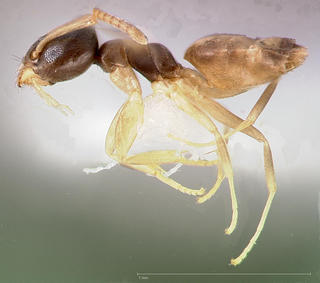
© Brian Fisher, AntWeb, California Academy of Sciences, 2004
· 1
Tapinoma melanocephalum, side, CASENT0005325 |
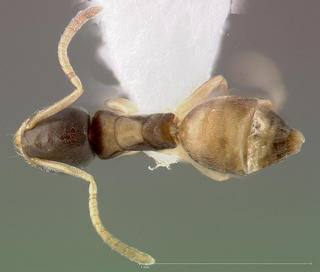
© Brian Fisher, AntWeb, California Academy of Sciences, 2004
· 1
Tapinoma melanocephalum, top, CASENT0005325 |
|
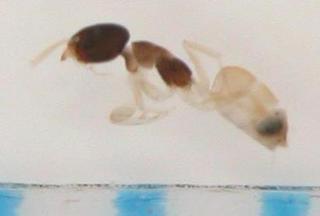
· 0
Tapinoma melanocephalum worker in ethanol |
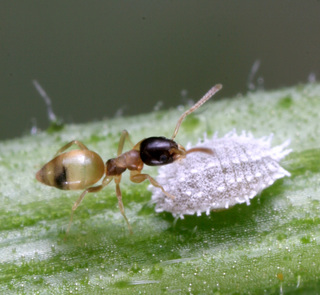
© Copyright Gary Alpert, 2005-2008
· 0
Tapinoma melanocephalum |
|
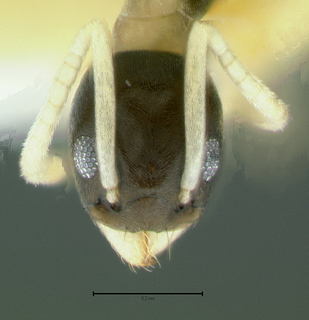
© Copyright Gary Alpert, 2005-2008
· 0
Tapinoma melanocephalum, head |
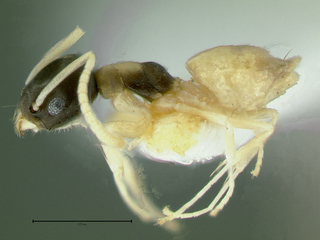
© Copyright Gary Alpert, 2005-2008
· 0
Tapinoma melanocephalum, side |
|
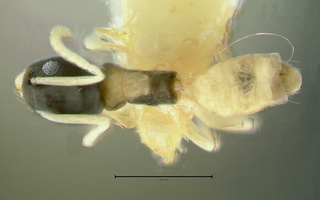
© Copyright Gary Alpert, 2005-2008
· 0
Tapinoma melanocephalum, top |
See
| | |
| | IDnature guides | |
| Overview |
This is a worldwide invasive ant species.
|
| Names | |
| | Scientific source: | |
|
| Geographic distribution |
Widespread throughout the Philippines, in agricultural and urban areas.
|
| Natural history |
This ant commonly invades houses and nests in any small crevice such as cracks in the wall or gaps in the table. This is the nasty-tasting ant that gets into the sugar bowl.
|
| How to encounter |
Leave food out on the table or the kitchen countertop. This ant will surely find it.
|
| References |
Shattuck, S. O. 1999. Australian ants: their biology and identification. Monographs on Invertebrate Taxonomy, Vol. 3, CSIRO. 226 pp.
|
Top
Updated: 2024-09-21 00:52:32 gmt
© Designed by The Polistes Corporation
|